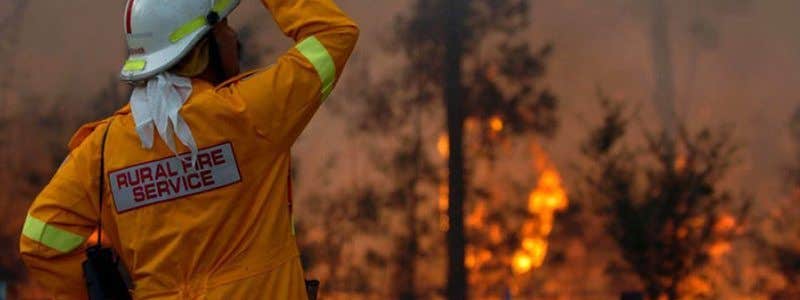Building construction and design is another aspect that must be considered when building on bush fire prone land.
There are six bush fire attack levels that are used to determine the appropriate construction to be applied to a development:
- BAL-LOW
- BAL-12.5
- BAL-19
- BAL-29
- BAL-40
- Flame Zone (Alternative Solution required).
The categories of attack are determined by:
- The type of vegetation
- How close your building is to the vegetation
- What the effective slope is (i.e. fire runs more readily and with greater intensity uphill).
- The Fire Danger Index applicable to the region
The building requirements for house design and construction vary according to the bush fire attack level that a development falls into. The building requirements for each BAL are set out in Australian Standard: 3959 Construction of buildings in bushfire-prone areas 2009 (AS3959). A full version of this document can be purchased from Standards Australia.
Bush fire attack levels and the associated construction requirements
BAL-LOW
Minimal attack from radiant heat and flame due to the distance of the site from the vegetation, although some attack by burning debris is possible. There is insufficient threat to warrant specific construction requirements, but residents should still do basic property preparation.
BAL-12.5
Attack by burning debris is significant with low levels of radiant heat (not greater than 12.5kW/m2). Radiant heat is unlikely to threaten building elements (i.e. unscreened glass). Specific construction requirements for ember protection and accumulation of debris are warranted (Level 1 construction standards).
BAL-19
Attack by burning debris is significant with an increased radiant heat levels (not greater than 19kW/m2) threatening some building elements. Specific construction requirements for protection against embers and radiant heat are warranted (Level 2 construction standards).
BAL-29
Attack by burning debris is significant and radiant heat levels (not greater than 29kW/m2) can threaten building integrity. Specific construction requirements for protection against embers and higher radiant heat are warranted. Some flame contact is possible.
BAL-40
Increased attack from burning debris with significant radiant heat and the potential for flame contact. The extreme radiant heat and potential flame contact could threaten building integrity. Buildings must be designed and constructed in a manner that can withstand the extreme heat and potential flame contact.
Flame Zone
Radiant heat levels will exceed 40kW/m2. Radiant heat levels and flame contact are likely to significantly threaten building integrity and result in significant risk to residents who are unlikely to be adequately protected. The flame zone is outside the scope of the BCA and the NSW Rural Fire Service may recommend protection measures where the applicant does not provide an adequate performance solution. Other measures such as drenching systems and radiant heat barriers may also be required.
For the purposes of complying development under the State Environmental Planning Policy (Exempt and Complying Development Codes) 2008 (the Codes SEPP), development must be assessed as below BAL-40 (i.e. BAL-LOW, BAL-12.5, BAL-19 or BAL-29).
The performance criteria and acceptable solutions for building construction and design can be found in Chapter 4 - Performance Based Controls at www.rfs.nsw.gov.au.
Ref: NSW Rural Fire Service rfs.nsw.gov.au



